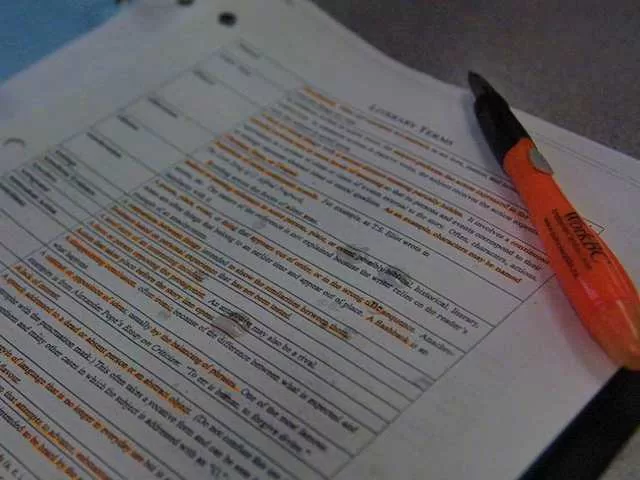Title: Comprehensive Guide to Maintaining a Written Log During Ghost Investigations
Introduction:
In paranormal investigations, maintaining a detailed written log is as crucial as using equipment like EMF meters, cameras, and digital voice recorders. This log serves as a comprehensive record of all activities, observations, and occurrences during a ghost investigation. Below is a sample list of items to include in this log for a thorough documentation process.
Basic Information:
- Note the location and list all investigators present.
- Always record the time for each entry.
- Note all equipment used during the investigation.
- For EVP (Electronic Voice Phenomena) sessions, record the start and end times, and note any extraneous noise.
- Specify the location within the area (e.g., bedroom, staircase) and list individuals present in that specific space.
Environmental Conditions:
- Document baseline readings for various environmental factors.
- List all electrical items in the area, indicating their status (on/off, plugged in or not).
- Identify the location of power sources and water outlets.
- Record any fluctuations on meters and note the time of occurrence. Document temperature changes and the time they occurred.
Equipment Placement:
- Create a map showing the placement of cameras, digital recorders, and any other equipment used.
- Specify if the investigated area is currently occupied or vacant.
Phenomena and Observations:
- List any phenomena heard, seen, or experienced. Include details such as who observed or heard it.
- Note anything unusual or out of the ordinary.
- Document any investigator’s personal experiences during the investigation.
- List items that were successfully debunked and those that remain unexplained.
- Record any instances of items being moved.
- Note any extraneous noise within the investigated area.
Additional Information:
- Include the history of the location and any previous paranormal activity.
- Specify whether clients were present during the investigation.
- Attach a map or floor plan of the area under investigation.
- Record the moon phase, sunspot activity, and current weather conditions.
- Note the temperature, barometric pressure, and any seismic activity if applicable.
- Record the altitude of the location.
Photographic and Technological Data:
- Specify the locations and times where still photos were taken.
- Note any battery drain on electronic devices.
- Record any distinct odors detected during the investigation.
Team Information:
- Provide details on team members, their pairings, and the specific areas they investigated.
Maintaining a comprehensive written log ensures a thorough documentation process, aiding in the analysis of findings and contributing to the overall credibility of the investigation.

